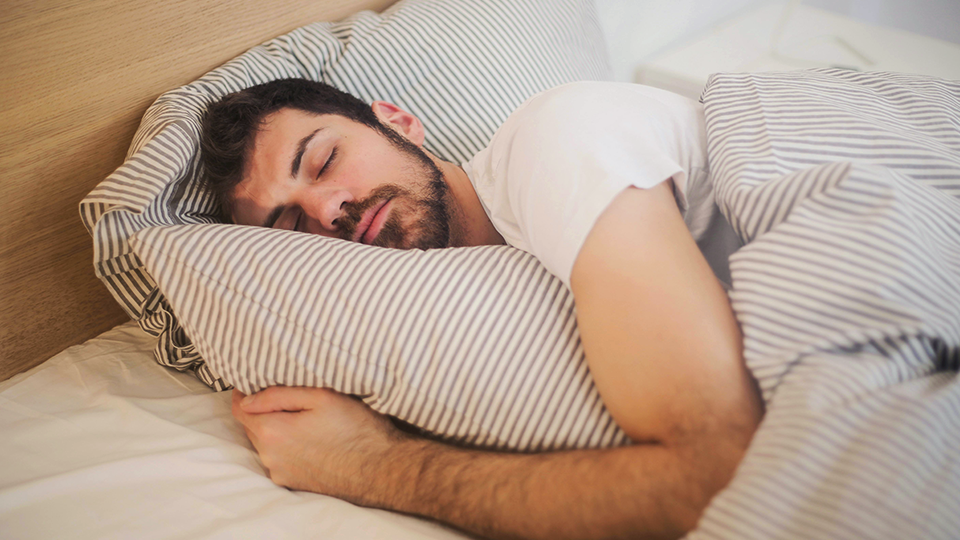Exercise performance can fluctuate throughout the day. Generally, morning performance is lower while those who work out in the afternoon experience maximum values for high-intensity exercise (1). Depending on the time of day, performance variations in muscle power, muscle strength, and sprinting have been found to vary from three to 21 percent, depending on the population tested, the muscle groups, and the design (2).
Differences in sport performance can be caused by issues like lack of sleep, improper warmup, and length of training (3). The circadian rhythm also affects athletic performance (4). That may be partly due to body temperature, which peaks in the late afternoon (4). Studies have also suggested that the simultaneous increases in core temperature and short-term maximal efforts are related and that the circadian rhythm of core temperature could exert a warmup effect (5).
Simply being warmer translates into enhanced metabolic reactions, increased flexibility, reduction of muscle tension, and increased nerve impulses (5). For example, a study demonstrated that power output decreased by five percent for every one degree Celsius decline in muscle temperature as shown in warming and cooling experiments for muscle temperatures between 30 and 39 degrees Celsius (6).
Studies on training in the morning or in the afternoon showed that training adaptations are time dependent. Kinesiologist David Hill and colleagues at University of North Texas have suggested that there is a time-of-day specificity in an aerobic training designed to improve the anaerobic threshold, the highest sustained level of intensity of exercise (7). They found that, after six weeks of training, the anaerobic threshold was higher in the morning than in the evening for the morning training group. What this means is that athletes who train at a certain time every day can become accustomed to perform best at that time.
If the time of competition is known, training sessions before a major competition should be done at the same time of day that the competition will happen. However, if the time of competition is not known, training sessions should be placed in the morning to improve short-term maximal performances and to counteract the effect of time of day.
References
-
Chtourou H, Driss T, Souissi S, Gam A, Chaouachi A, Souissi N. The effect of strength training at the same time of the day on the diurnal fluctuations of muscular anaerobic performances. The Journal of Strength & Conditioning Research 2012;26:217-25.
-
Nicolas A, Gauthier A, Michaut A, Davenne D. Effect of circadian rhythm of neuromuscular properties on muscle fatigue during concentric and eccentric isokinetic actions. Isokinetics and Exercise Science 2007;15:117-29.
-
Souissi N, Gauthier A, Sesboue B, Larue J, Davenne D. Effects of regular training at the same time of day on diurnal fluctuations in muscular performance. Journal of Sports Sciences 2002;20:929-37.
-
Souissi N, Gauthier A, Sesboue B, Larue J, Davenne D. Circadian rhythms in two types of anaerobic cycle leg exercise: force-velocity and 30-s Wingate tests. International Journal of Sports Medicine 2004;25:14-9.
-
Melhim AF. Investigation of circadian rhythms in peak power and mean power of female physical education students. International Journal of Sports Medicine 1993;14:303-6.
-
Bergh U, Ekblom B. Influence of muscle temperature on maximal muscle strength and power output in human skeletal muscles. Acta Physiologica Scandinavica 1979;107:33-7.
-
Hill DW, Cureton KJ, Collins MA. Circadian specificity in exercise training. Ergonomics 1989;32:79-92.





